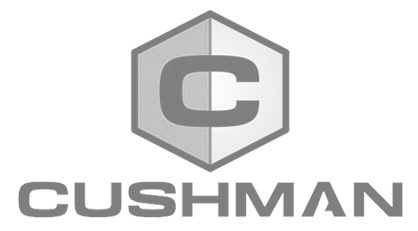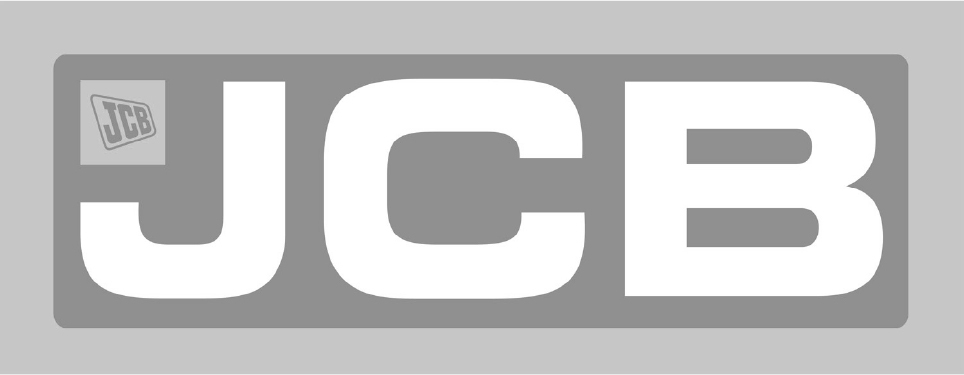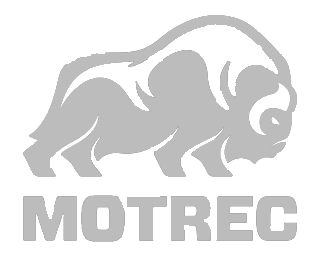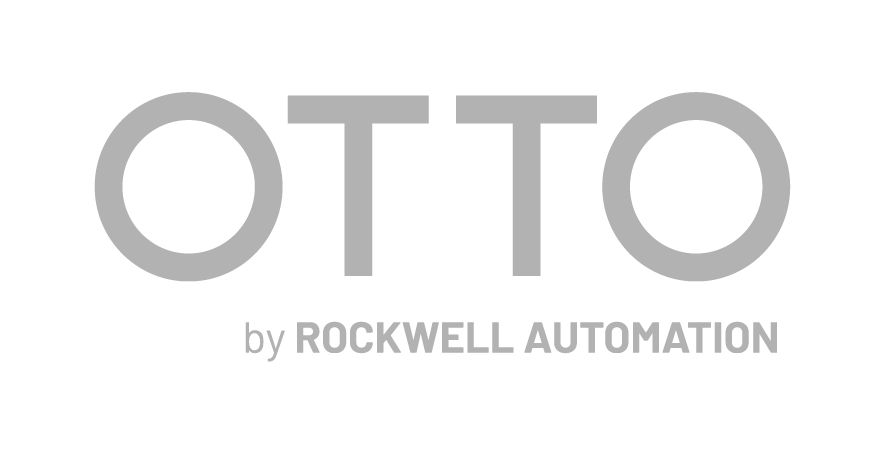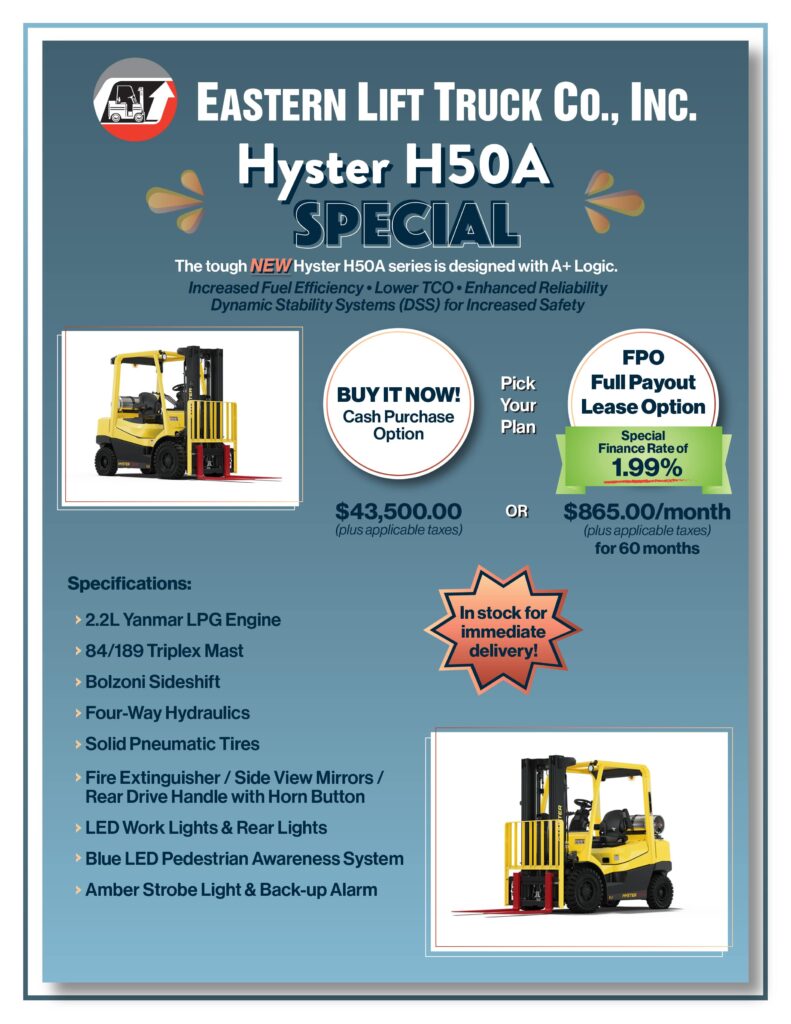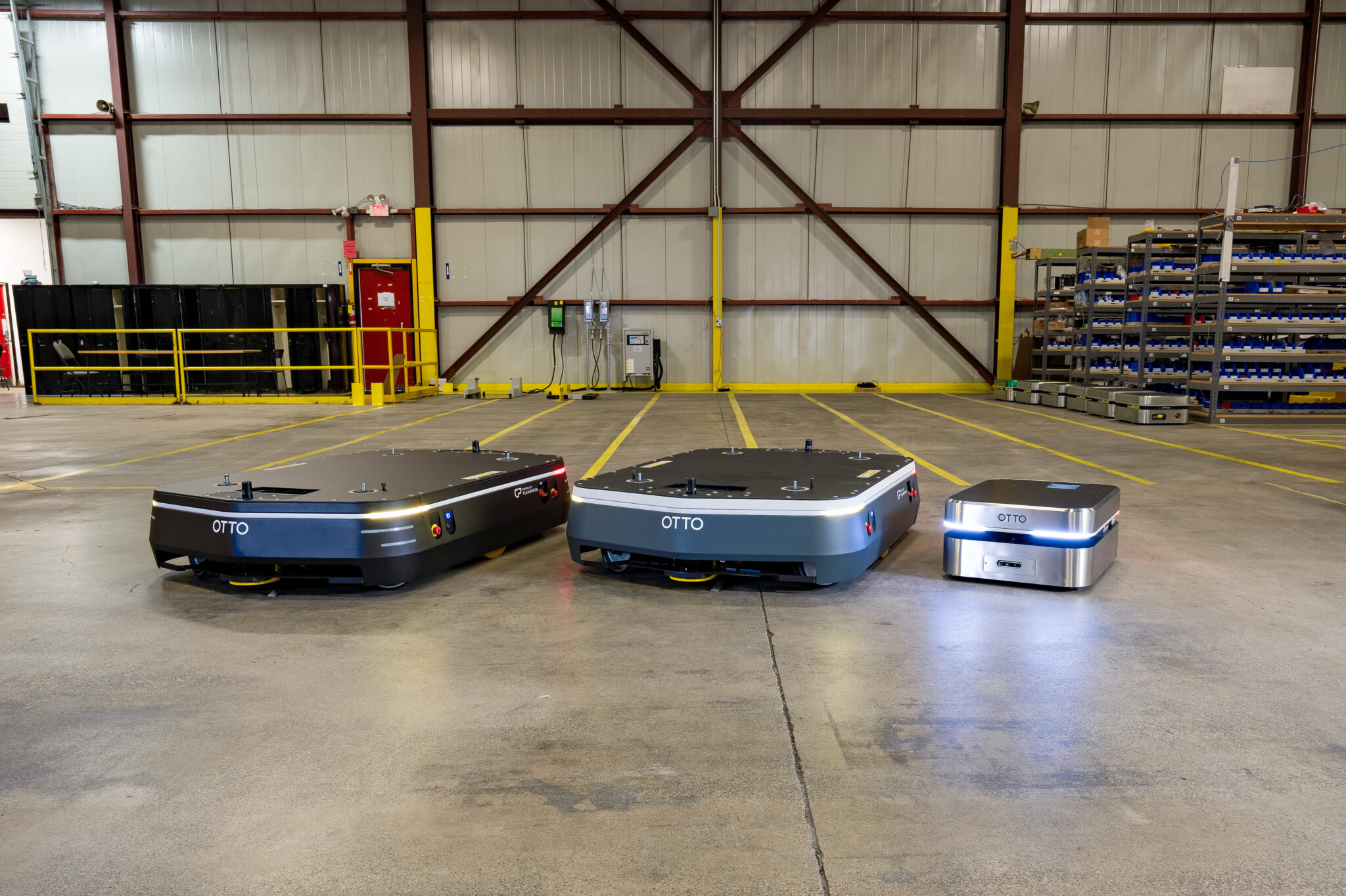
In today’s marketplace, robotics and automation are gaining traction in places that never considered them before. In years past, the significant driver for R.O.I. (Return on Investment) was labor cost savings, derived from a simple calculation of labor burden rate over multiple shifts over the course of the year. But this methodology often only convinced larger companies with 24/7 operations they could justify an R.O.I. of 2-3 years. Today, companies take a mult-factored approach to calculating R.O.I. which goes well beyond simple labor cost savings.
#1 Human Resources Costs
You first have to ask yourself how much it costs to continually go through the process of hiring a new employee and then determine your current turnover rate. Whether its time spent by your Operations Manager or your Human Resources team, the cost of advertising jobs, reviewing applications, interviewing, doing background checks and then crafting an offer, which may include a hiring bonus, often amounts to more than $5,000 spent, just to attract new talent and get then to their first day on the job. When your turnover rate is 20-30% or higher, there are additional hidden costs that must be included in the R.O.I. discussion.
#2 New Hire Inefficiency and Lack of Full Staffing
Depending on your turnover rate you are either running at less than full staffing or have a number of new hires on your team. How much throughput and efficiency are you losing because your team is not at full strength or because you have new hires that don’t work as efficiently as seasoned associates? You have to be honest with yourself and determine the true cost of operating at 80%-90% capacity.
#3 Inaccurate Orders and Damaged Products
Humans are not perfect; errors occur. Even small mistakes may have a very real price tag associated with them, which accumulate over the course of a fiscal year. How many inaccurate picks or orders do you experience each year? Can that be improved? What is your cost when customers return order? On top of these things, have you addressed the cost of damaged product and infrastructure that frequently occurs during material handling? All of these costs and any plans to increase accuracy and reduce damages must be included in the R.O.I. discussion.
#4 Increased Workplace Safety
Material handling equipment
requires safe and alert operators and Safety and Operations Managers must be aware of and apply appropriate rules and procedures to keep their associates safe. Autonomous Mobile Robots (AMRs) adhere to ANSI B56.5 regulations that increase overall safety of any operation. How would a significant reduction in safety incidents positively impact your business?
#5 Working Smarter and Not Harder
With labor shortages across the globe, most operations are forced to do more with less. With robotics and automation, your associates are now able to do more complex tasks while relying on an AMR to do easy tasks like transporting a pallet 500 feet across a facility all day long. Robotics fill the gaps within an operation allowing you achieve higher levels of productivity even if not fully staffed.
All these reasons and more are why you should be considering automation. Add to that, automation is more affordable than ever. Contact ELT Systems Group for a free consultative conversation to see if robotics and automation is the right solution for you.
Contact the systems group or Jason Dodge directly for further information and to get started on your project today.
Jason Dodge Automation Manager | Systems Division Eastern Lift Truck Co., Inc. Cell: (609) 605-1043 Email: jdodge@easternlifttruck.com









